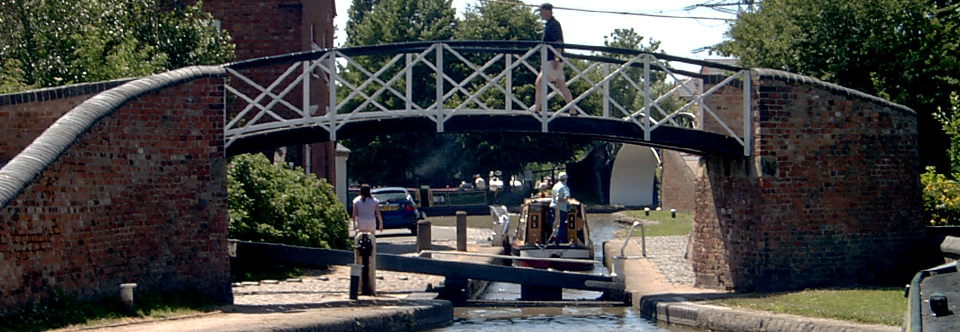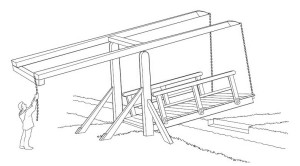The early canal builders had just as many difficulties planning the route of any new canal as the motorway builders of today. Remember – canals were not being built for a leisure market, but as an aid to commerce. A great many objections came from farmers whose fields were to be divided by the new waterways, and these objections were overcome by putting
in movable bridges. Lift bridges gave access for cattle from field to field, and the larger, more durable swing bridges were able to accommodate farm carts and other vehicles.
The majority of these bridges now carry very little traffic and many are left open permanently or, sadly, have been taken away. Occasionally you will find one that is still in use such as the electrically operated swing bridge at Winkwell or the manually operated swing bridge at Pitstone, both on the Southern Grand Union Canal. Some swing bridges with road access always seem to be the slowest to operate and you m
ust be prepared to find a queue of cars building up and impatiently watching narrow boat owners doing the hard work.
 The simplest bridges to operate are the counterbalanced lifting bridges, as found on the Oxford Canal. These bridges are counterbalanced by beams and a chain hanging from the beam – giving narrow boat owners something to heave on and raise the bridge.
The simplest bridges to operate are the counterbalanced lifting bridges, as found on the Oxford Canal. These bridges are counterbalanced by beams and a chain hanging from the beam – giving narrow boat owners something to heave on and raise the bridge.
Once a bridge is lifted boaters must make sure that it stays that way – there may be a fixing provided, but boaters should not just assume that it will stay down. Never allow children to handle these bridges by themselves. They will not always be able (or remember) to hold the bridge and there’s a real danger of it coming back down onto the narrow boat. There are more sophisticated lifting bridges that need a windlass to operate the lifting mechanism.



the Lift bridges on the oxford are not easy to operate by yourself i did learn the only way to negotiate them was by using a pole as a prop why oh why did they not make them do they could be operated from the tow path?